New quilting exhibit opens at the Virginia Historical Society
The new exhibit features over 30 quilts made in Virginia from 1800 -1950.

Richmond, VA—On Saturday, August 3, 2013, the Virginia Historical Society (VHS) opens “The Great Western Virginia Cover-Up: Historic Quilts & Bedcovers.” The exhibition presents more than thirty bedcovers—spreads, quilts, coverlets, blankets, and a rare bed rug—made in western Virginia between 1800 and 1950.
Organized by the Blue Ridge Institute & Museum (BRI&M) of Ferrum College, the show examines patterns, methods, and fabrics passed down through generations of Virginia families. The bedcovers displayed are the survivors—the fragile remains of stitching and cloth that did not get ruined by their functional use.
“I can’t think of a better reason to visit a museum than to see a good quilt show,” said VHS lead curator and art historian Dr. William Rasmussen. “The pictures in books or online just don’t do these pieces of art justice, particularly with regard to size and surface detail. Quilt work can be a very strong art form. The quilts on display at the VHS have every bit as much power as a twentieth century painting that utilizes only shapes and colors. In fact, I would argue that some of the covers in this show are as strong—or stronger—works of art than many of those paintings.”
The exhibition features bedcovers with familiar patterns, such as Flying Geese, Log Cabin, Pinwheel, Virginia Rose, Whitework, Crazy, and Pieced. There is an 1833 bed rug on display, one of only five surviving bed rugs known today. It also includes printed cotton animal feed sacks used for making everything from clothing to quilts to dish towels, an 1830s doll bed, a wooden quilting frame, a child’s sewing machine, a chicken-shaped thread holder, and a pin cushion in the form of a woman’s shoe.
“It is important for people interested in this state’s past to realize what an expansive body of artistic expression can be found in this medium,” Webb added. “Bedcover motifs and techniques traveled across great distances and crossed social and economic strata. This exhibition will help expand people’s appreciation of Virginia quilting history.”
— ∮∮∮ —
-
Recommend this
on Facebook -

Report an error
-

Subscribe to our
Weekly Digest

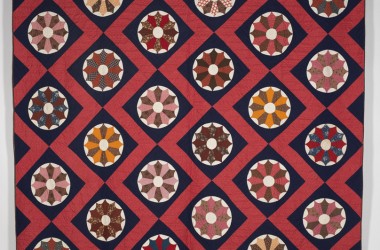
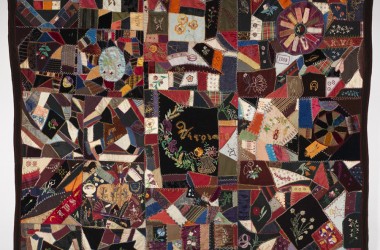
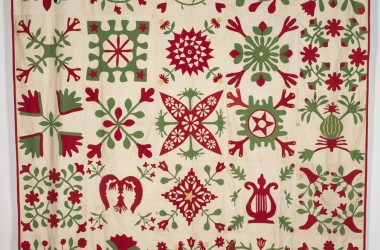
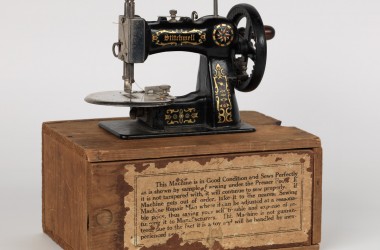
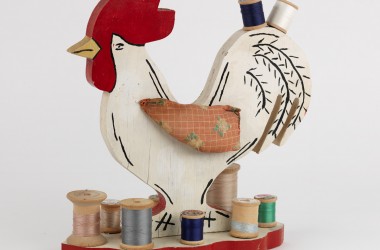




Notice: Comments that are not conducive to an interesting and thoughtful conversation may be removed at the editor’s discretion.